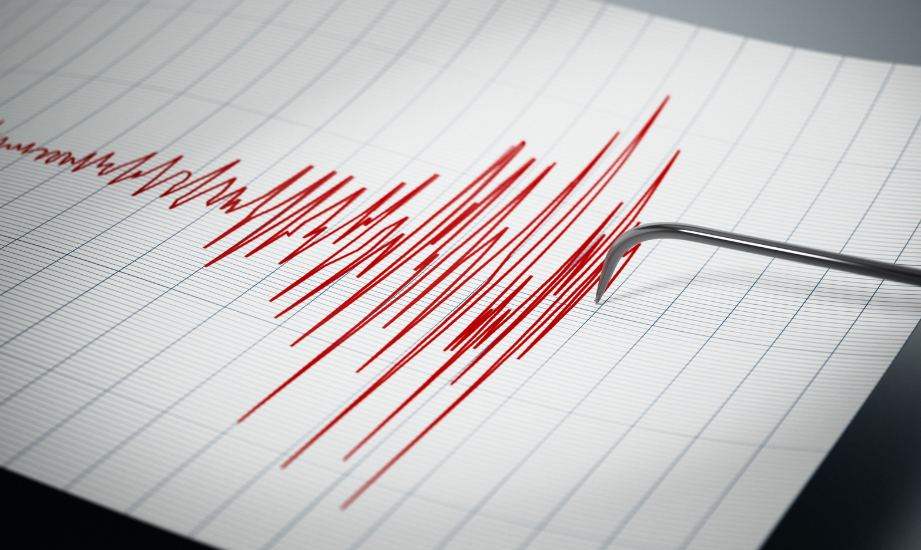Recent Earthquake in Los Angeles: An Overview
A shaking magnitude of 4.4 rattled the Los Angeles area today, particularly affecting residents near Highland Park. The earthquake struck at approximately 7:03 a.m., causing buildings to sway and prompting many individuals to seek shelter. Fortunately, reports indicate that there were no immediate instances of significant damage or injuries, allowing the community to rebound quickly from the morning’s unsettling tremors.
Understanding the Seismic Activity
The U.S. Geological Survey (USGS) has been actively monitoring the situation following the quake. This organization is crucial in analyzing seismic events across the country, providing valuable information for both scientific understanding and public safety. Notably, Dr. Lucy Jones, a well-respected seismologist associated with USGS, stated, “While a 4.4 magnitude earthquake is considered moderate, it’s a reminder of the seismic activity inherent to the region.” Dr. Jones accentuates the importance for residents to stay prepared and to always have an emergency plan in place, given that Los Angeles is situated in a seismically active zone.
Local Government and Emergency Response
The local authorities have responded promptly to the quake, prioritizing public safety and inspecting critical infrastructure. Mayor Karen Bass has assured citizens that the city’s emergency response teams are fully engaged in evaluating the impact and ensuring that all safety protocols are adhered to. In her statement, Mayor Bass urged the public to remain vigilant and to follow recommended safety practices in the aftermath of the quake.
Public Reaction and Preparedness
The earthquake has sparked renewed discussions about earthquake preparedness amongst the Los Angeles community. Many residents, despite experiencing earthquakes in the past, recognize the importance of being adequately prepared for potential future seismic events. Community leaders and safety officials are emphasizing the significance of developing resilience and awareness toward earthquake risks, promoting the idea that residents should actively engage in emergency planning.
The Importance of Resilience in Seismic Zones
Building resilience encompasses not just individual preparedness, but also enhancing the infrastructure of the city to withstand seismic shocks. This includes retrofitting older buildings, implementing strict building codes for new structures, and ensuring that emergency response systems are efficient and effective. Lessons learned from previous earthquake events and ongoing research in seismology highlight the need for proactive measures to protect residents and minimize potential damage from future earthquakes.
Informal Risk Assessments and Community Engagement
In light of the recent earthquake, many community groups and local organizations have begun informing residents about conducting informal risk assessments of their homes and workplaces. This proactive approach encourages individuals to identify potential hazards, secure heavy furniture, and organize emergency supply kits. Community engagement is critical in fostering a culture of preparedness, where residents feel empowered and informed regarding their safety in earthquake-prone areas.
Looking Forward: Continuous Monitoring and Education
As the USGS continues to monitor the region for any aftershocks, the need for ongoing education about earthquake risks remains paramount. Schools and community centers may offer workshops and training sessions designed to equip citizens with the knowledge they need to respond effectively to seismic events. Additionally, leveraging technology and communication platforms can facilitate the rapid dissemination of information during emergencies, further enhancing public safety.
Conclusion
The recent magnitude 4.4 earthquake serves as a reminder of the seismic hazards that loom over the Los Angeles area. While the immediate aftermath showed no significant damage or injuries, the event underscores the necessity for community engagement in earthquake preparedness. As local authorities and seismologists continue to monitor the situation, residents are encouraged to consider their emergency plans and to remain informed. As active participants in their safety, individuals can contribute to making the city more resilient in the face of future seismic challenges.
Frequently Asked Questions (FAQs)
What should I do during an earthquake?
During an earthquake, drop to the ground, take cover under a sturdy piece of furniture, and hold on until the shaking stops. If you are outdoors, find an open area away from buildings and utilities. If you are in a vehicle, pull over and stay inside until the shaking stops.
How can I prepare my home for an earthquake?
To prepare your home, secure heavy furniture and appliances to the walls, keep emergency supplies readily accessible, and develop an emergency contact plan with family members. Regularly review these plans and conduct drills to ensure everyone knows what to do.
Are there any warning systems for earthquakes?
While there is currently no reliable way to predict the exact time and place of an earthquake, early warning systems do exist in some areas. These systems can detect seismic waves and send alerts seconds before strong shaking begins, giving people time to take cover.
What resources are available for earthquake preparedness in Los Angeles?
Residents can access resources from local government websites, community organizations, and the USGS, which provide information on emergency kits, evacuation plans, and earthquake drills. Local workshops and training sessions can also be found to enhance community preparedness.

